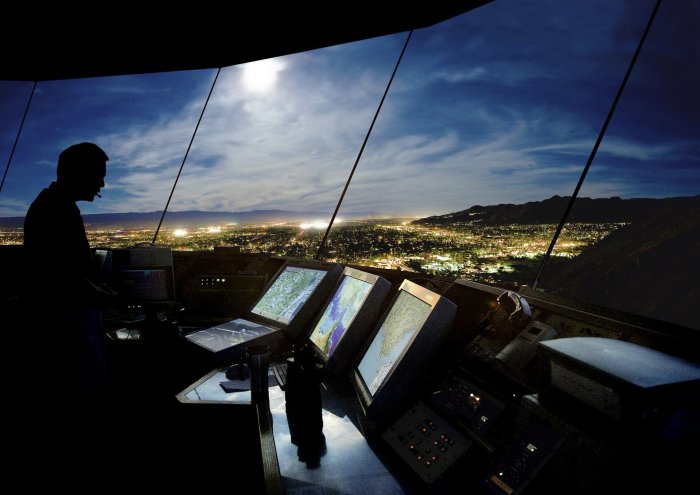Border Security Report2020-03-20 13:23:33
In a globalised era, how can defence companies protect people’s ways of life?
Mark Alexander, Head of Security Solutions at Airbus Defence and Space
We live in an age where technology is driving change. Digitally, we can make real-time connections across thousands of kilometres, allowing us to interact, work and trade internationally. People, businesses, organisations and countries are more closely linked than at any other point in history.
And in the physical world, this connectivity is no less prevalent. Data from IATA shows that 4.4 billion passengers flew in 2018 and 22,000 pairs of cities were connected by direct flights, double the number of cities (10,250) linked in 1998. Meanwhile, according to the WTO, the value of world merchandise trade in 2018 was US$ 19.67 trillion – with 90% of the world’s trade carried by sea.
World trade and GDP have grown in tandem for the last 20 years, and both have increased by 26% since 2008. This seemingly borderless world has undeniable benefits: greater prosperity, innovation and more fulfilled lives. In fact, from weekend breaks to next-day deliveries, from SMEs trading round the world to tech conferences with thousands of visitors, it has become the way of life for millions of people.
However, there are challenges too. The transport of people and goods at land borders, seaports and airports is increasing dramatically, putting pressure on current infrastructure. Airport security and the capability to react to various events has become one of the key concerns for airport operators. And while the Schengen area is widely regarded as one of the primary achievements of the European Union, it has recently been placed under considerable strain by the unprecedented influx of refugees and migrants into the EU.
At another border – that between the US and Mexico – it routinely takes 1-2 hours of waiting in vehicle lines to enter the United States, according to the Washington Office on Latin America. This organisation also reports that the vast majority of heroin, fentanyl, methamphetamine and cocaine that crosses the US-Mexico border does so at “ports of entry,” the 48 official land crossings through which millions of people, vehicles and cargo pass every day.
The maritime domain is also affected – for instance, the average estimated annual loss from piracy worldwide (2000-2010) is US$25 billion – as is the cyber domain, with the WannaCry cyberattack in 2017 affecting nearly a quarter of a million users. The current spread of the coronavirus also underlines the downsides to global travel.
The greatest challenge, then, lies in how we can boost security while still facilitating the kind of mobility that underpins our way of life. How do we ensure that these millions of movements are not disrupted by illegal acts – both in the real and virtual worlds?
According to the World Economic Forum, the Fourth Industrial Revolution is impacting the nature of national and international security and changing the nature of conflict – however the history of security is also the history of technological innovation, and today is no exception. Such technologies can be based on a physical platform: think satellites, maritime patrol aircraft, helicopters and drones, or fixed and mobile sensors, surveillance shelters and command centres. Coupled with secure communications and data flows, these can be combined into systems such as those for frontier, maritime or coastal surveillance.
Digital technologies also represent a strong solution. Smart migration, for example, can be enabled using data analysis, simulations, information fusion and AI-based decision support. Meanwhile, automated, near-real time information exchange by metadata harmonisation and language translation allow security agencies to collaborate digitally. Such exchange gateways enhance the situational picture of each agency by complementing their own data sets with shared data, creating statistical reports and by unveiling hidden statistical patterns and data correlations based on AI-supported analytics.
And in the maritime sphere, port authorities use software to enable the secure and efficient movement of levied goods on docks, while in the water, they use it to monitor incoming sea vessels to ensure safe movement among cruise ships, freight liners, private vessels and tankers.
Effective border management is, of course, a combination of many factors: innovation, yes, but also coherent processes, investment in personnel, policy reform and large-scale cooperation. And there are those who believe that the solution is to build more walls and separate people. However, having worked many years for a defence company that symbolises cross-border cooperation, I believe that we should have faith that technology can go a long way to assist in solving humanity’s challenges and to protect people’s ways of life.
Click here to download your copy of Border Security Report (pdf) >>
Click here to download your copy of Border Security Report (pdf) >>
For more information contact:
United Kingdom
Tel: +4402081445934
